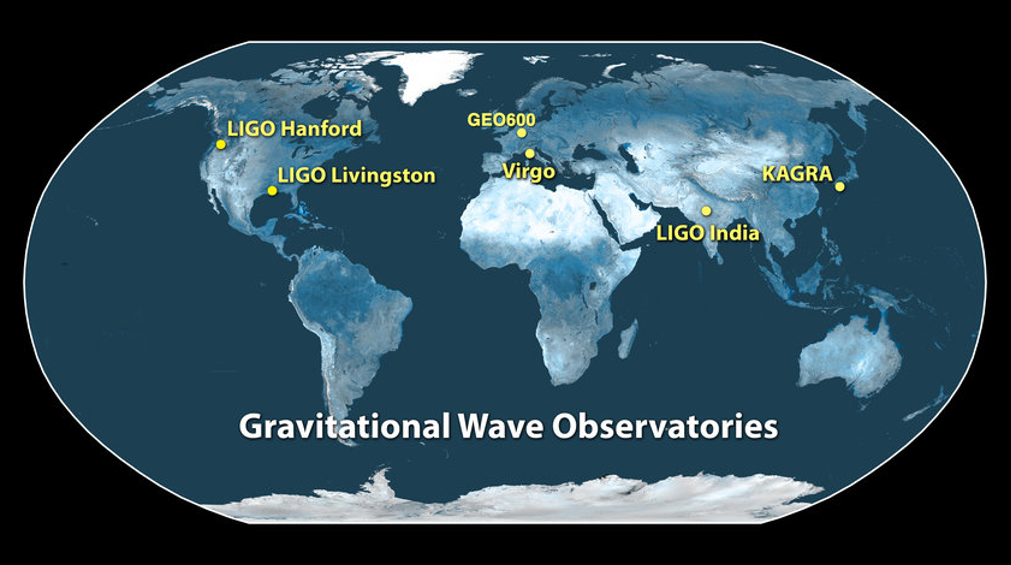LISA Science at Southampton
University of Southampton
Preparing for the LISA mission – detecting gravitational waves in space.
We develop high-precision theoretical models of gravitational waves produced by merging black holes, which will be essential for the space-based gravitational-wave detector LISA.
The Laser Interferometer Space Antenna (LISA) is a large-class ESA mission scheduled to launch in the mid 2030s. It will detect the gravitational waves emitted from merging black holes in galactic cores, providing precise data about the nature of black holes, the growth of massive black holes across cosmic time, the validity of Einstein’s theory of general relativity, and the astrophysical environment in galactic nuclei. Detecting and interpreting these gravitational waves will be impossible without highly accurate theoretical models of the waves and of the systems that can produce them.
Artists’ rendition of gravitational waves produced by two merging black holes. (Image credit: T. Pyle/LIGO)
The University of Southampton has a leading role in theoretical modelling for LISA. In addition to coordinating the development of gravitational waveform models within the LISA Consortium (a collaboration of 1500+ scientists), Southampton staff members are also involved in the UK Space Agency’s LISA ground segment.
LISA is expected to observe a myriad of astrophysical systems, but there are two key types. Both involve massive black holes, millions of times heavier than the Sun, which reside in the cores of galaxies. One important class of sources are the mergers of two such massive black holes; these are the most dramatic events we know of, with power outputs millions of times greater than all the stars in the observable universe. The second important class are “extreme-mass-ratio inspirals” (EMRIs), in which a much smaller black hole or neutron star is captured by a massive black hole; these are the most precise probes of black holes we can imagine, as the small companion executes hundreds of thousands of intricate orbits very near the massive black hole before falling into it.
We at Southampton focus on modelling that second class: EMRIs. This involves numerous challenges due to the complexity of these systems, LISA’s need for high accuracy, and the need for computational efficiency (a requirement for gravitational-wave data analysis). To meet these challenges we have devised a raft of techniques, ranging from new mathematical methods to high-performance computing.
At Southampton we have pioneered many of the essential methods used to model EMRIs. In ground-breaking work in 2022, we published the first EMRI model that is expected to meet LISA accuracy requirements. While the model currently only applies to very limited astrophysical scenarios, it has proved the feasibility of this key component of the LISA mission.
LISA science at Southampton will become increasingly important as the LISA mission nears its launch date. Over the next 5 years, Southampton staff member Adam Pound’s 2-million-Euro European Research Council / UKRI Frontier Research Grant will provide a launch pad for our team’s efforts. We will be keen to explore any opportunity to further build our role in space-based gravitational-wave science.
Map of current gravitational-wave detectors on Earth.


